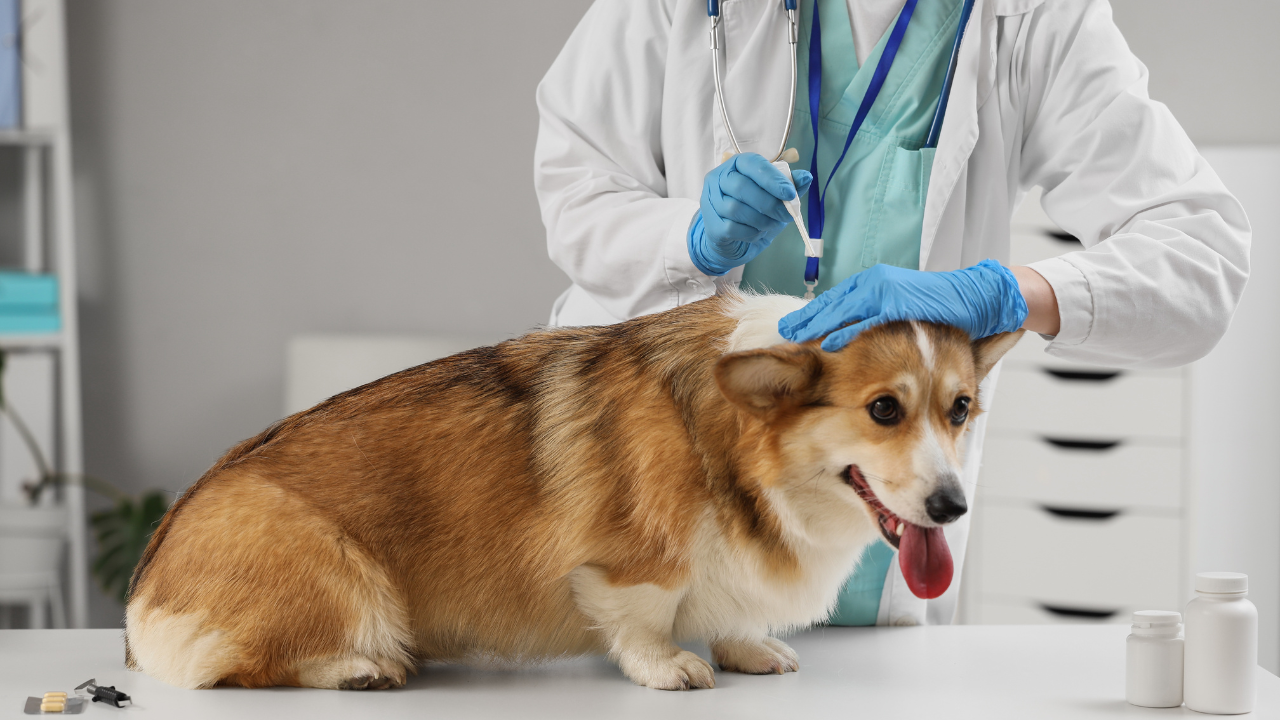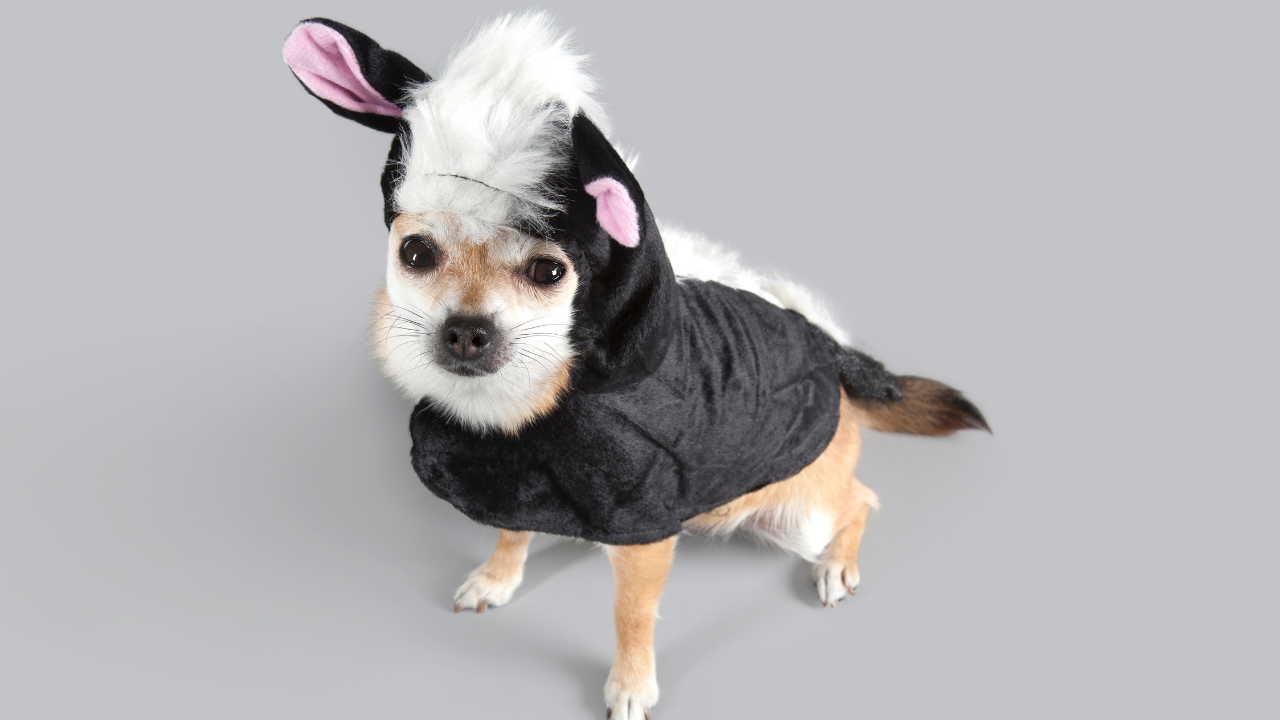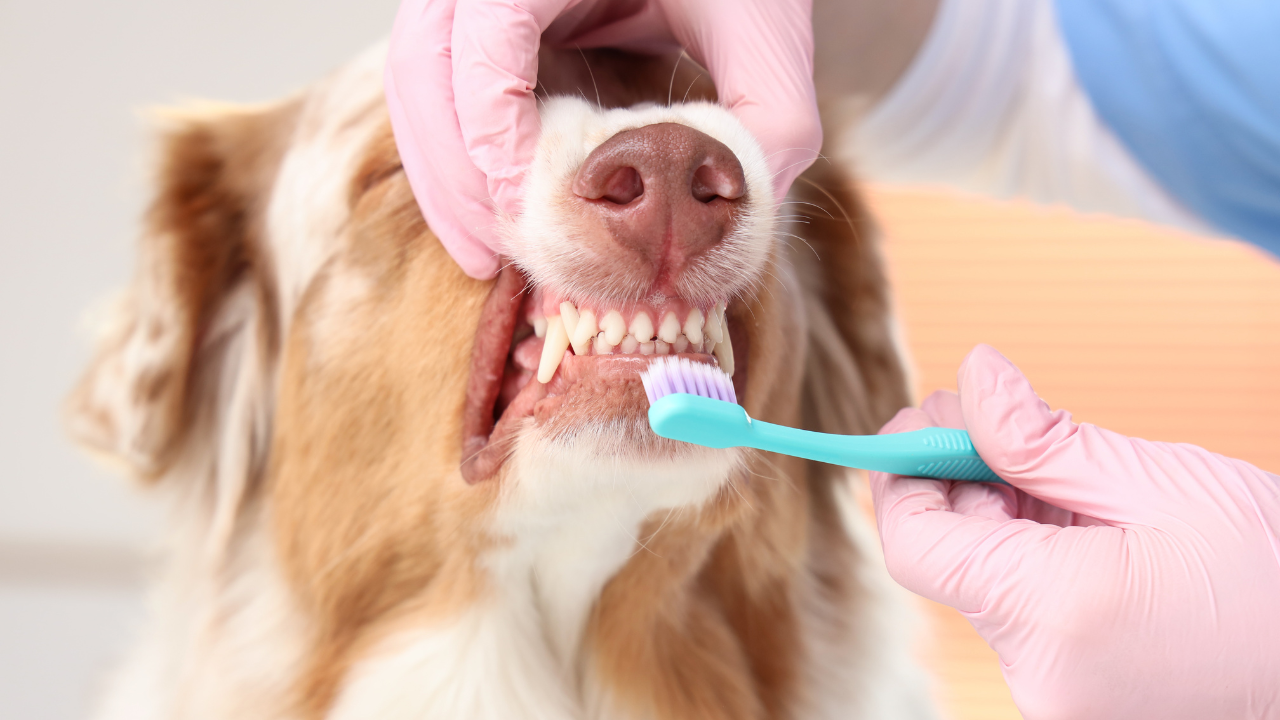Grooming Tips for Improving Your Dog's Dental Health

Every dog parent wants their furry buddy to have a happy and healthy life. Regular walks, playtime, and a balanced diet are all crucial. But one thing that's often forgotten is dental care. Just like us humans, dogs also need proper dental hygiene to avoid various oral health issues. In this ultimate guide, we'll talk about the importance of improving your dog's dental health and give you some useful tips to ensure your pup's oral health stays in tip-top shape.
Understanding the Importance of Dog Dental Health
In the same way, every pet owner takes regular grooming seriously for their dog's health. It’s also super important for them to take care of dog dental health. It's not just about making sure their breath doesn't stink. Bad dental hygiene can lead to all sorts of health problems, like issues with the heart, liver, and kidneys. Plus, if they get a lot of plaque and tartar buildup, they might end up with gingivitis and lose some teeth. So, make sure you're brushing their teeth regularly and getting them checked out by a vet or a professional dog groomer.
If you want to be a pro at taking care of your furry friend, you should consider signing up for a Professional dog grooming course. As a result, you'll learn everything you need to know about dog grooming, from how to correctly approach a dog to how to improve the dental health of the dog.
Signs of Poor Dog Dental Health

The best way to identify your pet's oral health problems is by keeping a keen eye and discerning eye. The following subtle clues to watch for are:
- Bad Breath (Halitosis): If your dog has persistent bad breath, it might be a sign of bacteria and decaying food particles in their mouth.
- Red or Inflamed Gums (Gingivitis): If your dog's gums look red, swollen, or tender, it could mean they have gingivitis, an early stage of gum disease.
- Tartar Buildup: If you see yellowish-brown deposits along the gum line or on your dog's teeth, it means plaque has built up, which can potentially harden into tartar.
- Changes in Eating Habits: If your dog is hesitant to eat, drops food from the mouth, or chews on one side, it could be a sign of dental discomfort.
- Excessive Drooling: If your dog is drooling a lot, especially if they're pawing at their mouth or rubbing their face, it might mean they're experiencing dental pain.
The Benefits of Dental Chews For Dogs Oral Well-Being
Dental chews for dogs are more than just flavorful treats for them. They can also play a vital role in maintaining your dog's oral health. These chews are designed to remove plaque and tartar build-up from your dog's teeth, which in turn promotes healthier gums and stronger teeth. Moreover, the act of chewing can alleviate your dog's boredom and reduce stress, providing both physical and mental benefits. To learn more about their advantages, delve deeper into their benefits below:
- Tartar Control: The abrasive texture of dental chews aids in the mechanical removal of plaque and tartar, preventing their accumulation and reducing the risk of gum disease.
- Fresh Breath: Chewing promotes saliva production, which helps wash away food particles and bacteria, resulting in fresher breath.
- Mental Stimulation: When your dog interacts with dental chews including interactive dog toys, it not only helps with grooming but also offers mental stimulation. It also provides cognitive enrichment, alleviates boredom and anxiety, and promotes overall well-being.
- Gum Massage: The chewing action of dental treats massages gums, stimulating blood circulation and promoting gum health.
Grooming Tips for Improving Your Dog's Dental Health

Elevate your grooming routine with these detailed tips tailored to enhance your dog's dental hygiene and discover invaluable dog grooming tips and tricks:
Regular Brushing
Establish a daily brushing routine using a soft-bristled dog toothbrush and toothpaste formulated especially for improving dog dental health. Begin gradually, focusing on the outer surfaces of teeth, and gradually work your way to the inner surfaces and gum line. Reward your dog with praise and healthy treats to make brushing a positive experience.
Balanced Diet
Provide a nutritionally balanced diet consisting of high-quality dog food and limit sugary treats, as excess sugar contributes to dental issues. Our mini-course, Canine Nutrition 101, will teach you about canine nutrition, various diets, feeding practices, and more to ensure your pup receives the ultimate nutritional care.
Professional Check-ups
Schedule regular dental examinations with your veterinarian, who can assess your dog's oral health, perform professional cleanings as needed, and address any underlying issues promptly.
Chew Toys
Offer a variety of safe and durable chew toys to satisfy your dog's natural chewing instincts and promote dental health. Opt for toys specifically designed to massage gums and clean teeth, such as rubber dental chews or nylon bones. Never leave your dog unattended while playing with chew toys, as they can pose a potential choking hazard.
Dental Rinses and Treats:
Consider incorporating dental rinses or water additives into your dog's routine to help reduce plaque and freshen your breath. Additionally, provide dental treats or dental-specific diets approved by veterinary professionals to complement your dog's oral care regimen.
Must Take Dog Food for Dental Health
Nourishing your dog with dental health-focused foods can significantly contribute to their oral hygiene. Look for options rich in nutrients, low in sugars, and formulated to support dental health. Some must-consider dog foods for dental health include:
Dental-specific kibbles
These kibbles are formulated with an abrasive texture that encourages chewing, helping to scrub teeth and reduce plaque buildup. Look for products endorsed by veterinary dentists and containing ingredients like sodium hexametaphosphate, which helps prevent tartar formation.
Dental treats
Specially designed dental treats are not only delicious but also beneficial for your dog's oral health. Look for treats that contain ingredients like chlorophyll, which helps neutralize odors, and enzymes that break down plaque. Additionally, treats with textures that promote chewing can help massage gums and clean teeth.
Raw bones
Raw bones, such as raw meaty bones or beef knuckle bones, can be used as natural toothbrushes, helping to scrape away plaque and tartar. However, it's crucial to select bones that are suitable for your dog's size and chewing habits to prevent dental fractures or choking hazards. Always supervise your dog when they have a bone to prevent potential medical emergencies. By incorporating these dental health-focused foods into your dog's diet, you can contribute to their overall well-being and oral health.
How to Monitor Your Dog’s Dental Health
Keeping a vigilant eye on your dog's dental health is key to early detection and prevention of dental issues. Here's how to monitor the oral hygiene of your dog effectively:
- Regular Inspections: Set aside time for weekly dental inspections. Gently lift your dog's lips to examine their teeth and gums. Look for signs of tartar buildup, redness, swelling, or any abnormalities.
- Bad Breath Assessment: It is important to pay attention to your dog's breath as persistent bad breath can indicate dental problems or underlying health issues such as gum disease or gastrointestinal problems. This is often referred to as "halitosis."
- Behavioral Changes: Be observant of any changes in your dog's eating habits or behavior related to their mouth. This includes reluctance to eat, dropping food from the mouth, pawing at the mouth, or vocalizing while eating, which could signal dental discomfort or pain.
When to Consider a for Your Dog's Dental Health?

While regular at-home grooming is essential, there are instances when professional intervention may be necessary for optimal dental care. Consider seeking assistance from a veterinarian or a trained dog groomer, especially if:
1. You're a beginner
If you're new to grooming or unsure about proper dog dental grooming techniques, enrolling in a dog groomer assistant course for beginners can provide valuable guidance and hands-on training. These courses cover basic grooming skills, including dental hygiene practices such as tooth brushing and inspection.
2. Intermediate grooming needs
For more advanced grooming techniques and a comprehensive understanding of dental care, an intermediate dog grooming course can offer specialized knowledge and skills. These courses empower you to master essential dog grooming skills, allowing you to earn an online certification in dog grooming upon successful completion of the training.
3. Complex dental issues
If your dog exhibits signs of advanced dental problems or requires specialized treatments such as professional teeth cleaning or grooming consider consulting an expert dog groomer with expertise in canine dental care. They can perform thorough dental examinations, recommend appropriate treatments, and provide guidance on at-home dental care routines.
4. Combo grooming needs
For a holistic approach to grooming, consider enrolling in a combo grooming course that covers both basic grooming skills and advanced dental care techniques. These comprehensive courses offer a well-rounded education, equipping you with the knowledge and skills needed to maintain your dog's overall health and well-being.
Verdicts
Taking care of your dog's dental health is an important aspect of being a responsible pet owner. You can prioritize oral health by following grooming tips, selecting food that promotes dental health, keeping a check on oral hygiene, and seeking professional help when needed. Enrolling in Canine Behavior Courses Tailored for Grooming Professionals can also enhance your knowledge and help you manage your dog's behavior during grooming sessions. Remember, a healthy smile leads to a happier and healthier life for your furry friend.
Discover an exciting array of Mini-courses brought to you by PDGA for passionate pooch parents and dog enthusiasts. So, let's continue to take care of our loyal canine companions and cherish every moment spent with them.



